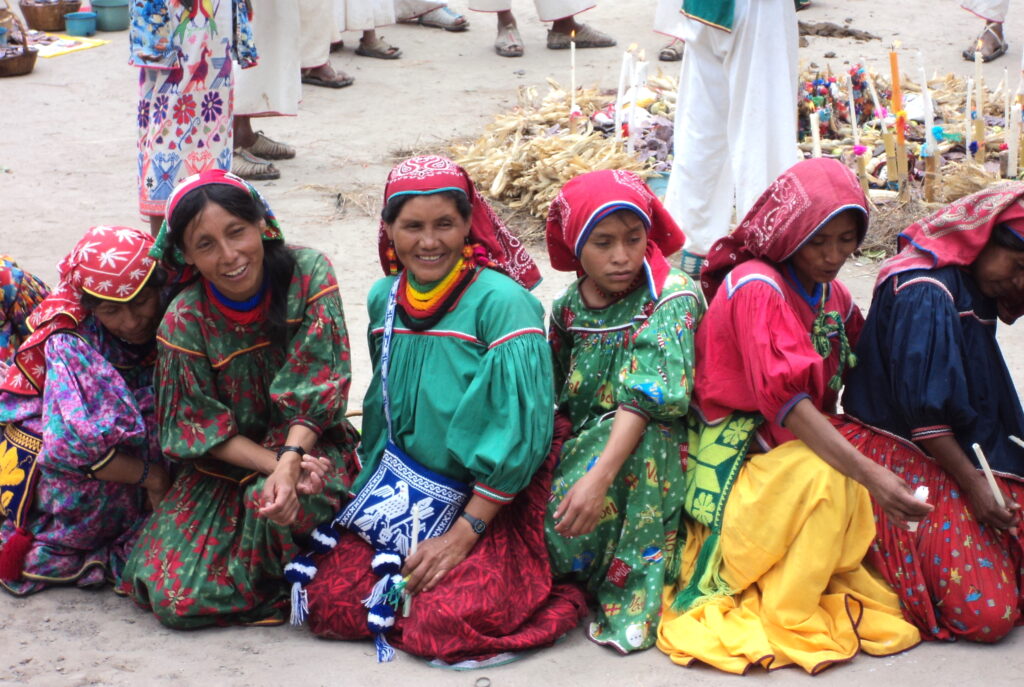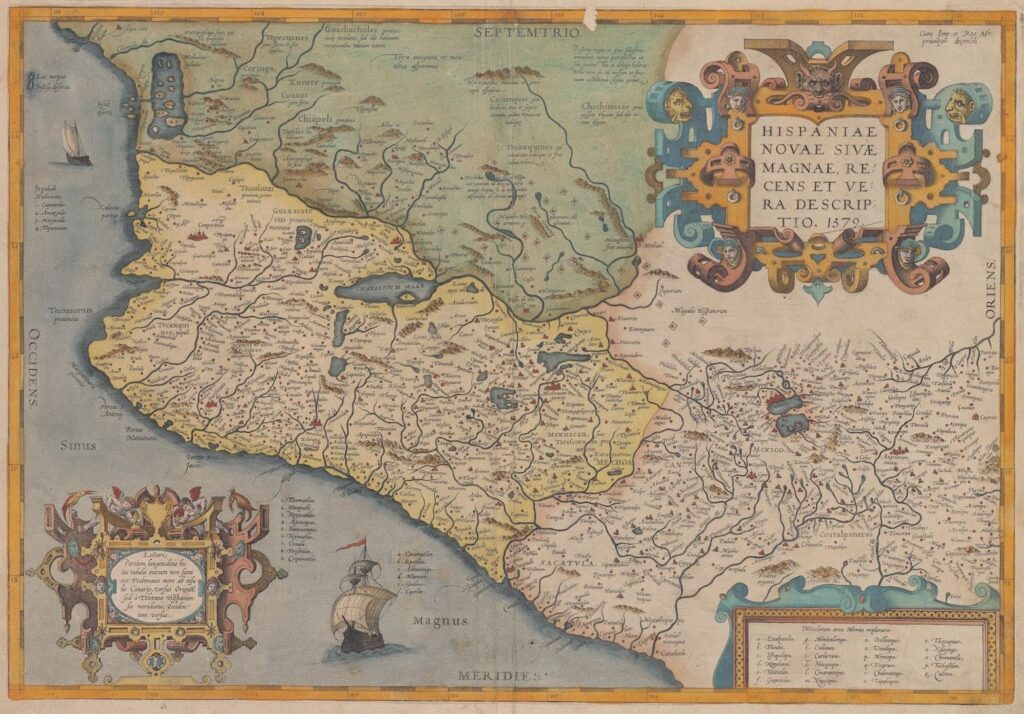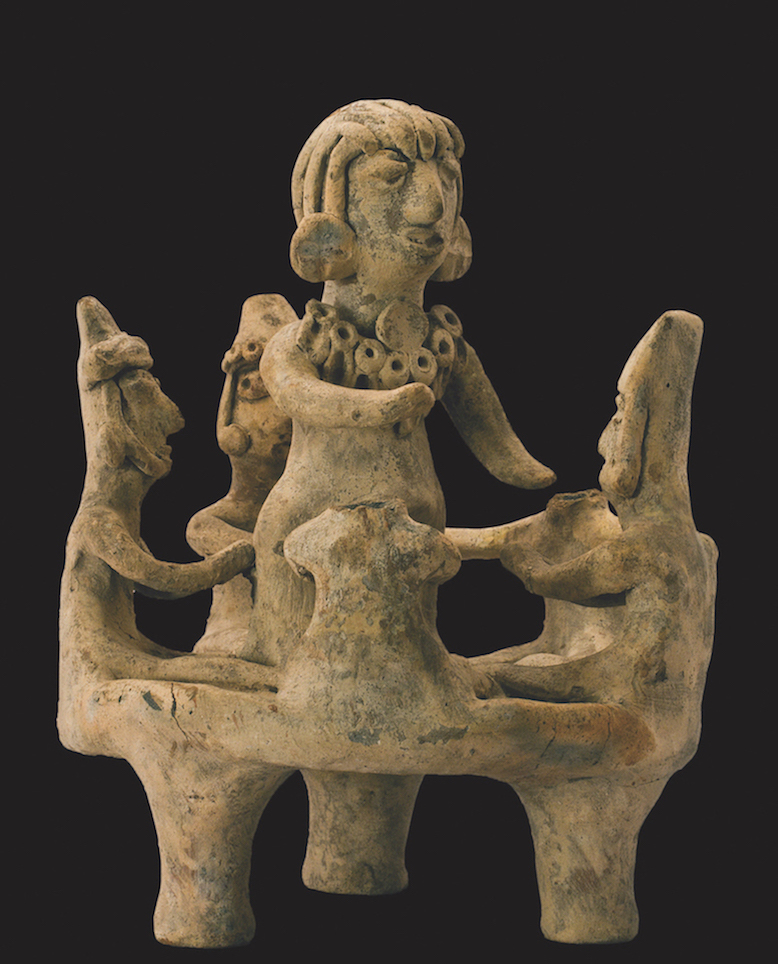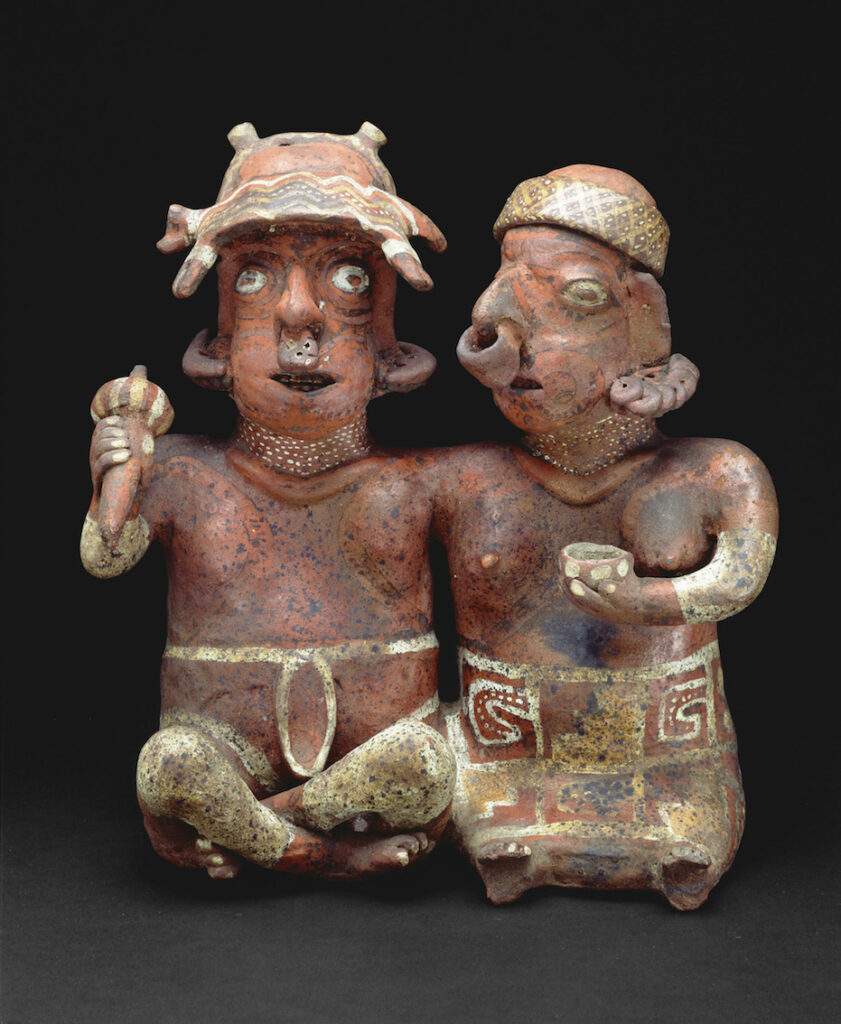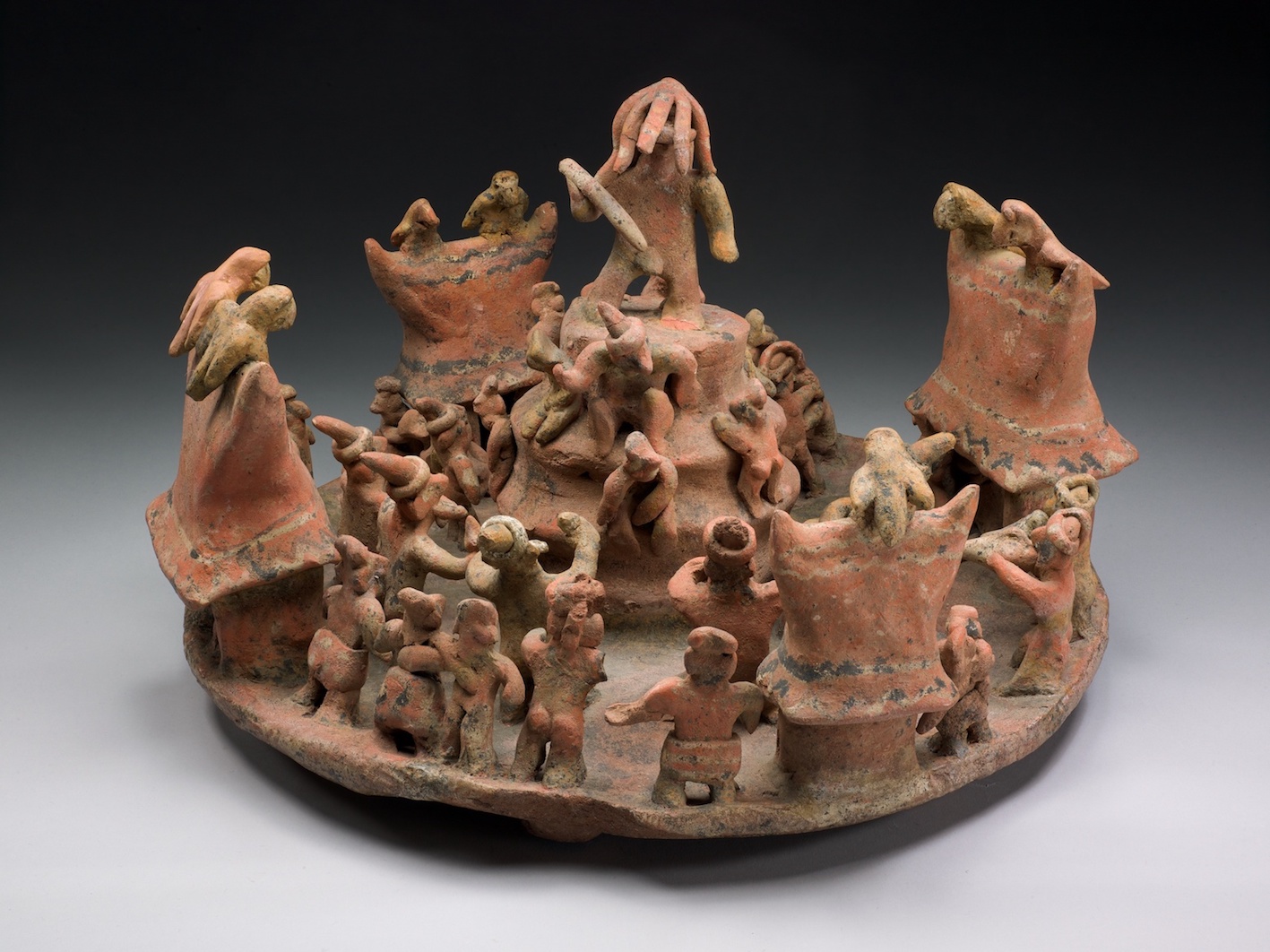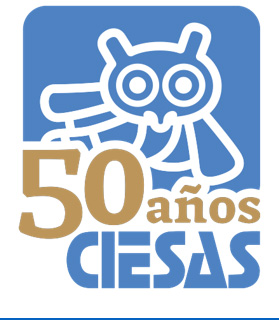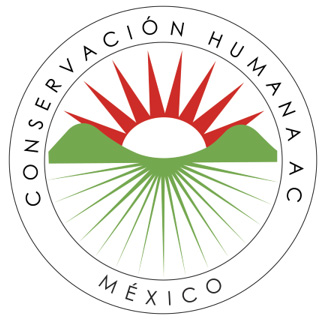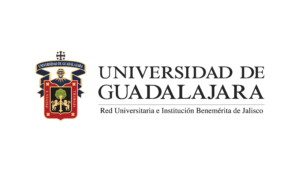- How The Intimate Lives Of Wixárika People Were Changed Forever
- Who are the Wixaritari or Huichol
- What is the Coloniality of Gender
- Contact Zone I: The Evangelisation of Intimate Life
- Contact Zone II: Patriarchy and ethnocide in the new Republic
- Contact Zone III: Nation, revolution and the modernisation of patriarchy
- Wixárika Women and Gender in the Indigenous 21st
- How The Intimate Lives Of Wixárika People Were Changed Forever
- Who are the Wixaritari or Huichol
- What is the Coloniality of Gender
- Contact Zone I: The Evangelisation of Intimate Life
- Contact Zone II: Patriarchy and ethnocide in the new Republic
- Contact Zone III: Nation, revolution and the modernisation of patriarchy
- Wixárika Women and Gender in the Indigenous 21st
Who are the Wixaritari or Huichol?

Wixaritari women smiling in ceremony. Tukipa/ceremonial centre in Las Latas © Pedro Carrillo Valdez. 2011. Archivo CHAC
The Mesoamerican society that we know today as the Huichol or Wixárika, is an Indigenous group of approximately 48,000 inhabiting the southern Sierra Madre Occidental, in North-Western Mexico.
Wixaritari women smiling in ceremony. Tukipa/ceremonial centre in Las Latas © Pedro Carrillo Valdez. 2011. Archivo CHAC
Wixárika is one of 69 Mexican Indigenous languages. It belongs to the large Uto-Aztecan linguistic family, sharing cultural and lifestyle characteristics with Indigenous peoples of central and northern Mexico, and the US Southwest.
The Wixaritari’s outstanding heritage is sustained by their collective dedication to complying with ancestral traditions. These revolve around maintaining good relations with their ancestors and deities who control nature, intimately linked to the agricultural cycle.
Wixaritari are primarily agriculturalists, where maize growing is central to a millenarian polyculture system called milpa, complemented with small-scale cattle herding, gathering of wild plants and hunting.
Their political organisation is complex, since traditional pre-Hispanic hierarchies are interwoven with colonial and modern agrarian structures, operating with a remarkable degree of autonomy from the state over internal matters.
Many Wixaritari live away to sell their art, or work as seasonal labourers, but most return to their homelands to grow maize and participate in ceremonies. In recent decades they have incorporated modern medicine, technology and education into their lives and many young folk return home to practice as lawyers, doctors or teachers.
Wiráxiraka communities and sacred lands
Note: Locations and areas are approximate
Note: Locations and areas are approximate
Towards the first half of the 20th Century, the Mexican government recognised their three separate ‘agrarian communities’ (San Sebastián y Tuxpan/Wautɨa, Santa Catarina/Tuapurie and San Andrés/Tateikie) and several adjacent ejidos (communally owned land), between which there are small differences in dialect, ritual and dress.
The main Wixaritari settlements are dispersed across a territory of more than 400,000 hectares where the states of Jalisco, Nayarit, Zacatecas and Durango converge. The Sierra Madre has a complex topography of deep canyons, valleys, mountains and plateaus with spectacular altitudinal ranges (500 to 3,200 m) that favour the coexistence of a wide array of habitats and plant communities.
Female Ancestors
The female deity Tatei Niwétsika, Our Mother Maize intimately links the growing of maize with Wixárika origins and survival.
Since their beginnings female ancestors such a Tatei Niwétsika have held high ranks as the deities who gave origin to Wixárika people. Nowadays, in most ceremonies female ancestors are the first to be honoured and worshipped and continue to be of equal or higher status than their male counterparts.
Audio: Tatei Niwétsika myth narrated by Ximena Carillo
Sacred Lands
The cultural geography of the Wixaritari extends beyond their communal lands to sacred sites that are visited following ancestral pilgrimage routes along a 500 km West-East corridor, from the Pacific coast to the arid grasslands in the High Plateau.
Along the routes, deified ancestors including Tatei Haramara -Our Mother the Sea- who have their dwellings in natural sacred sites such as the ocean, rivers, springs, forests, hills or caves are venerated.
Traces of Gender in Pre-colonial History
Wixárika territory before the conquest
Ancestors of the Huichols appear here as “Xurute”, between the Cora and Tepehuan groups who continue to be their closest neighbours.
Hispaniae novae sivae magnae, recens et vera descriptio, 1579, Abraham Ortelius
Broecke, M.P.R. van den. Ortelius atlas maps, 13
Koeman, C. Atlantes Neerlandici (1997 ed.), III, p. 888 (map 9510:31)
© Yale University Library
"For example, they told me 'put yourself in the hands of the ancestors. If you haven’t committed adultery and you have confessed, you are well to have children, the birth will go without problem, and well I always left my life in the hands of ancestors without knowing if I was going to do well. ... That's why I abandoned him [my husband], he always messes with other women, then he brought another woman home, then another. Not anymore! Because of his infidelity, several of my children died” (Rosa, 2021).
There was a gendered division of tasks, but the role of women in food preparation and caring for small children probably held equal authority and value to the roles of men as hunters and flecheros (bowmen/warriors). Women were held in high regard for their reproductive capabilities, and this was celebrated in rituals. It is likely that although sexuality was far less rigid, the male-female dyad was important for ceremonial and religious purposes as well as reproduction.
"For example, they told me 'put yourself in the hands of the ancestors. If you haven’t committed adultery and you have confessed, you are well to have children, the birth will go without problem, and well I always left my life in the hands of ancestors without knowing if I was going to do well. ... That's why I abandoned him [my husband], he always messes with other women, then he brought another woman home, then another. Not anymore! Because of his infidelity, several of my children died” (Rosa, 2021).
Wixaritari may not have existed as a separate ethnic group before the conquest and probably formed their identity during early colonialism when separate groups, some of whom were semi-nomadic, settled together in what is now their territory.
"For example, they told me 'put yourself in the hands of the ancestors. If you haven’t committed adultery and you have confessed, you are well to have children, the birth will go without problem, and well I always left my life in the hands of ancestors without knowing if I was going to do well. ... That's why I abandoned him [my husband], he always messes with other women, then he brought another woman home, then another. Not anymore! Because of his infidelity, several of my children died” (Rosa, 2021).
There are few archaeological finds from this region, but evidence suggests patterns of gender were similar to those in Central Mexico: women and men held complementary roles that were relatively equal in status.
It is likely that women held a far more public role in the past than they do today. This piece shows five men seated with a woman in the centre. The men wear chinstraps, an element that in the Mesoamerican tradition is associated with Ball Game players. The woman wearing a large necklace made of beads and shells apparently gives instructions, suggesting that women may have played a leading role in the rituals of the Ball Game.
Earthenware sculptures from the shaft tombs of West Mexico are among the oldest representations of Wixaritari ancestors, dating back to two thousand years ago. Females and males were equally depicted by ancient artists, including details of their dress and jewellery, suggesting there was greater gender parity in complex societies.
Men and women both participate in rituals and celebrations and their role is usually as a dyad with the position of women elevated above that of men for their fertility. Archaeological evidence of women-only power-giving rituals for infants have been identified in Teotituacan, Central Mexico, suggesting women held unique and powerful roles in communications with their deified ancestors, regarding maternity and infancy.
Many aspects of food preparation have changed little for millennia. The Aztec city of Tenochititlan had shared kitchens to feed the City’s warriors and this role was considered as important as the fighting itself. It is likely that the idea that domestic roles and care giving were of lesser status is a European patriarchal construct that was not present in pre-invasion societies.



